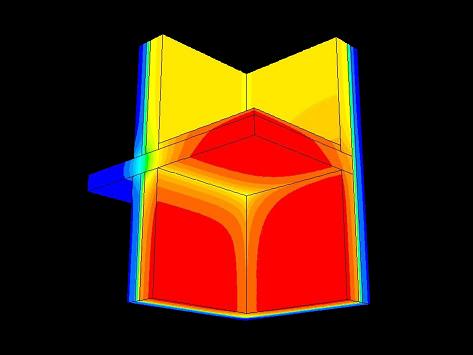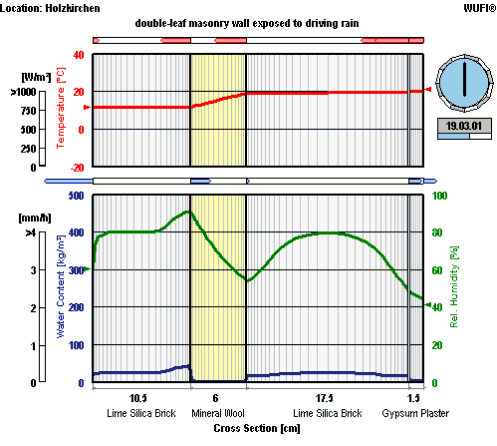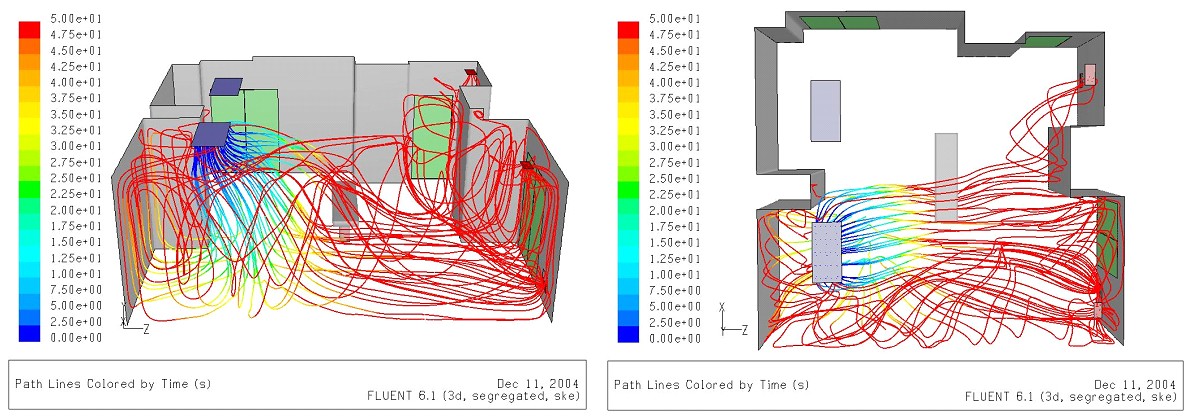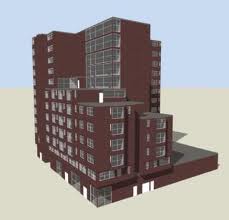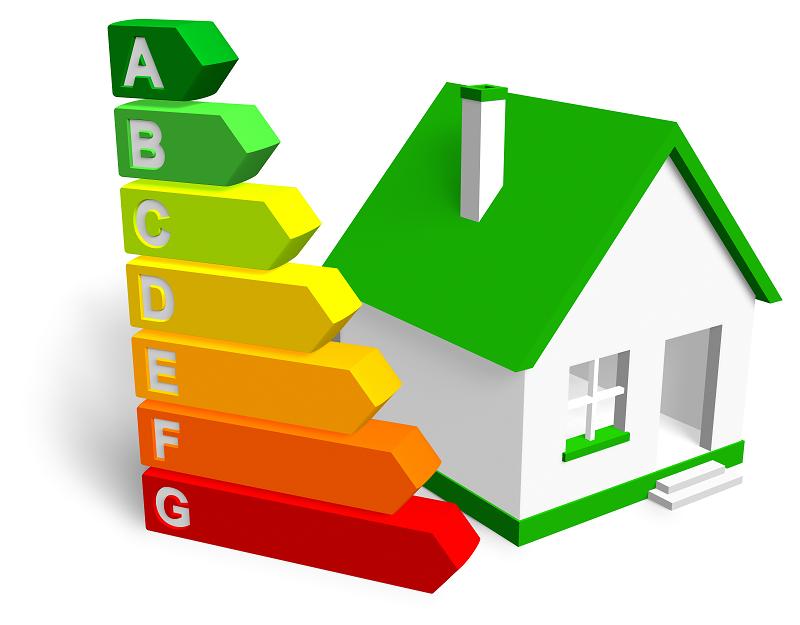Introduction

ENEDI group has licenses for different simulation tools. The use of these tools is very varied: validations of numerical models based on experimental results can be carried out, and also optimizations design of a building component or building from parametric studies.
Simulation programs are a complementary tool to the tests carried out. Both experimentally as numerical calculation have their sources of error and uncertainty, it is therefore very interesting to obtain and compare both results.

